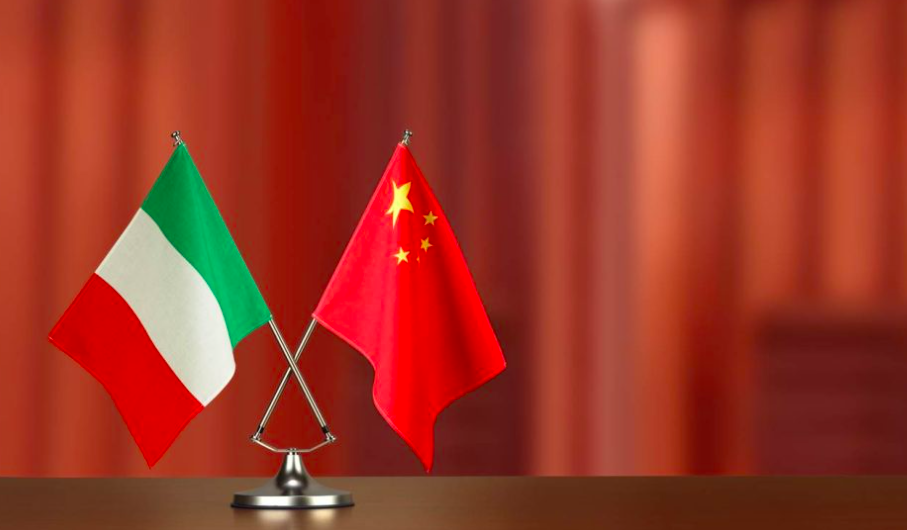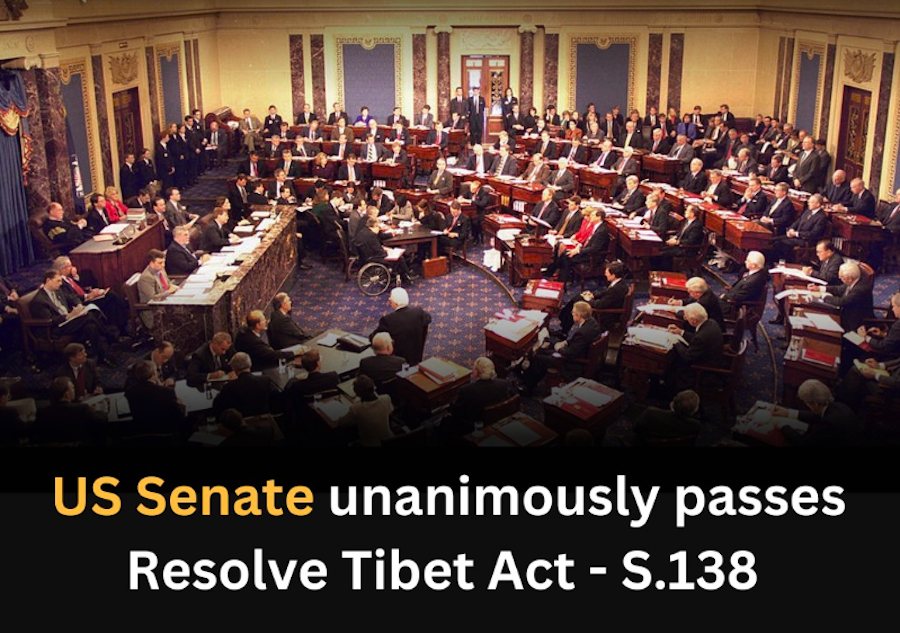By Tsering Dhundup
DHARAMSHALA, Dec 12: Italy is scheduled to withdraw from China’s Belt and Road Initiative (BRI) in 2024, signifying a noteworthy change in its involvement since becoming the first major Western nation to join the program in 2019. Despite previous warnings from the United States about potential risks related to technological control and infrastructure vulnerabilities, Italy proceeded with its participation.
Recent developments under the leadership of Italian PM Giorgia Meloni prompted a re-evaluation of the nation’s stance on the initiative. Meloni expressed intentions to withdraw from the deal, initially championed by President Xi Jinping, and communicated this decision to Beijing through a letter, notifying them of Rome’s decision not to renew the 2019 agreement, set to expire in March 2024.
China’s foreign ministry on Thursday defended the Belt and Road Initiative (BRI) after Italy officially withdrew from the Chinese infrastructural project, stating that it holds “enormous appeal and global influence.” However, the Chinese response did not specifically criticize Italy. “China firmly opposes smearing and undermining cooperation in developing the Belt and Road Initiative, and opposes confrontation and creating division among the camps,” said Chinese foreign ministry spokesperson Wang Wenbin in a routine briefing on Thursday.
This followed Italy’s official notification to China about its withdrawal from the BRI, as reported by two government sources to Reuters on Wednesday, ending months of uncertainty over Rome’s future in the ambitious project. Italy ignored concerns that the withdrawal could strain relations with Beijing and harm its economy.
China’s BRI, initiated in 2013, involved over 100 countries collaborating on infrastructure and development projects. Initially, an economic venture centred on connectivity and funding infrastructure endeavours, the initiative has evolved into a comprehensive geopolitical strategy. It aims to expand China’s global influence, promote regional reliance on China, and present an alternative to the established US and Western-led global order. This broader strategy includes China’s Global Development Initiative, Global Security Initiative, and Global Civilization Initiative, primarily targeting the Global South, encompassing developing nations.
Criticism and opposition to the BRI have accumulated over time. An analysis of BRI projects spanning 18 years across 165 countries, valued at $843 billion, highlighted that 35% of these projects encountered significant implementation issues. Concerns have been raised regarding corruption, labour violations, environmental hazards, and public protests associated with these projects. Allegations of ‘debt trap’ diplomacy have surfaced, as most BRI projects rely on borrowed funds, making China the world’s largest international creditor. Transparency issues further complicate the understanding of the full extent of debt obligations faced by BRI recipient countries. Cases from various nations, including Sri Lanka, the Maldives, Laos, and Kenya, have illustrated the struggles with BRI-related debt.
In response, the US and its allies have introduced alternatives to counter China’s BRI. Initiatives like the Build Back Better World (B3W), later rebranded as Partnership for Global Infrastructure, were announced by the G7 in 2021 and further emphasized in subsequent summits. Additionally, alternatives like the India-Middle East-Europe Corridor (IMEC) from the G-20 Delhi summit in 2023 and the European Union’s Global Gateway program aim to present alternative infrastructure partnership plans to offset the influence of the BRI. The inaugural Global Gateway Forum held in Brussels in October 2023 signalled the EU’s commitment to this endeavour.










